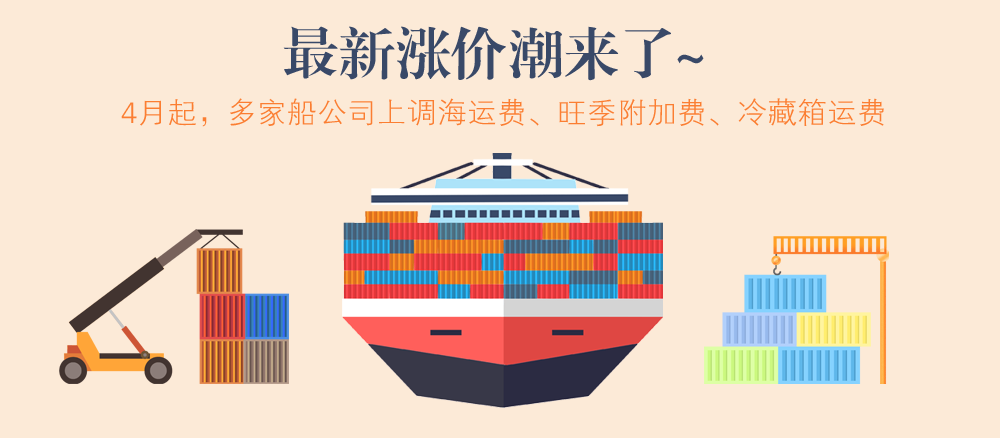
The impact of rising sea freight costs
The rise in shipping costs has had a huge impact on the vast number of small and medium-sized enterprise shippers. Firstly, the significant increase in shipping costs has led to a sharp rise in the operating costs of enterprises. Small and medium-sized enterprises, which are already facing fierce market competition, have further compressed their profit margins. Taking a small and medium-sized enterprise engaged in electronic product exports as an example, before the increase in sea freight costs, the transportation cost of each batch of goods accounted for about 10% of the total cost, but now this proportion has risen to 30% or even higher. Many companies have expressed that due to the increase in shipping costs, they have to reconsider product pricing, but raising product prices may lead to a decrease in market competitiveness, putting them in a dilemma.
Secondly, the increase in shipping costs has disrupted the production and delivery cycles of enterprises. Some companies originally arranged production according to established production plans, but due to the uncertainty of shipping costs, they had to adjust their production schedules to avoid shipping at high freight rates. This not only increases the difficulty of enterprise management, but may also lead to delayed delivery of orders, affecting the reputation and customer relationships of the enterprise. For example, a clothing company originally planned to ship goods to the European market within a month, but due to a sudden increase in shipping costs, it had to postpone the shipment, resulting in a decrease in customer satisfaction and even the possibility of losing some orders.
The significant fluctuations in shipping costs have brought many challenges to freight forwarding and logistics companies. On the one hand, price fluctuations significantly increase communication costs. Freight forwarding companies need to constantly communicate with shippers about changes in freight rates, explain the reasons for price increases, and coordinate the interests of all parties involved. This not only consumes a lot of time and energy, but may also lead to customer dissatisfaction and questioning. For example, freight forwarding companies need to provide detailed explanations to shippers about the impact of factors such as the Red Sea situation and Amazon promotional activities on freight rates, in order to gain customers' understanding and support.
On the other hand, in order to ensure customer experience, freight forwarding and logistics companies may have to make price concessions. In the fierce market competition, customers are highly sensitive to prices. Once shipping costs rise too quickly, they may choose other freight forwarding or logistics companies. In order to retain customers, some freight forwarding and logistics companies may lower their profit margins and even bear some of the costs of rising freight rates. This undoubtedly brings greater pressure to the operation of enterprises.
As the main mode of transportation for global trade, the increase in shipping costs has had a significant impact on China's foreign trade exports and the global trade landscape. For China's foreign trade exports, the increase in freight costs has led to higher export costs and weakened the competitiveness of Chinese products in the international market. Especially for labor-intensive products with low added value, such as textiles, toys, etc., the impact of rising shipping costs is more pronounced. Data shows that labor-intensive products account for a large proportion of China's export products, and the increase in shipping costs may lead to a decrease in the export volume of these products, thereby affecting China's total foreign trade exports.
Meanwhile, the increase in shipping costs has also affected the global trade landscape. Some countries and regions may reduce their imports of Chinese products due to rising shipping costs and instead seek other supply channels. This will lead to changes in global trade flows, potentially resulting in the rise of some emerging markets and adjustments in traditional markets. For example, some Southeast Asian countries may gain more opportunities in the international market due to relatively low shipping costs, thereby creating certain competitive pressure on China's exports. In addition, the increase in shipping costs may also lead to instability in the global supply chain, affecting the production and business decisions of enterprises, and further exacerbating the uncertainty of global trade.
